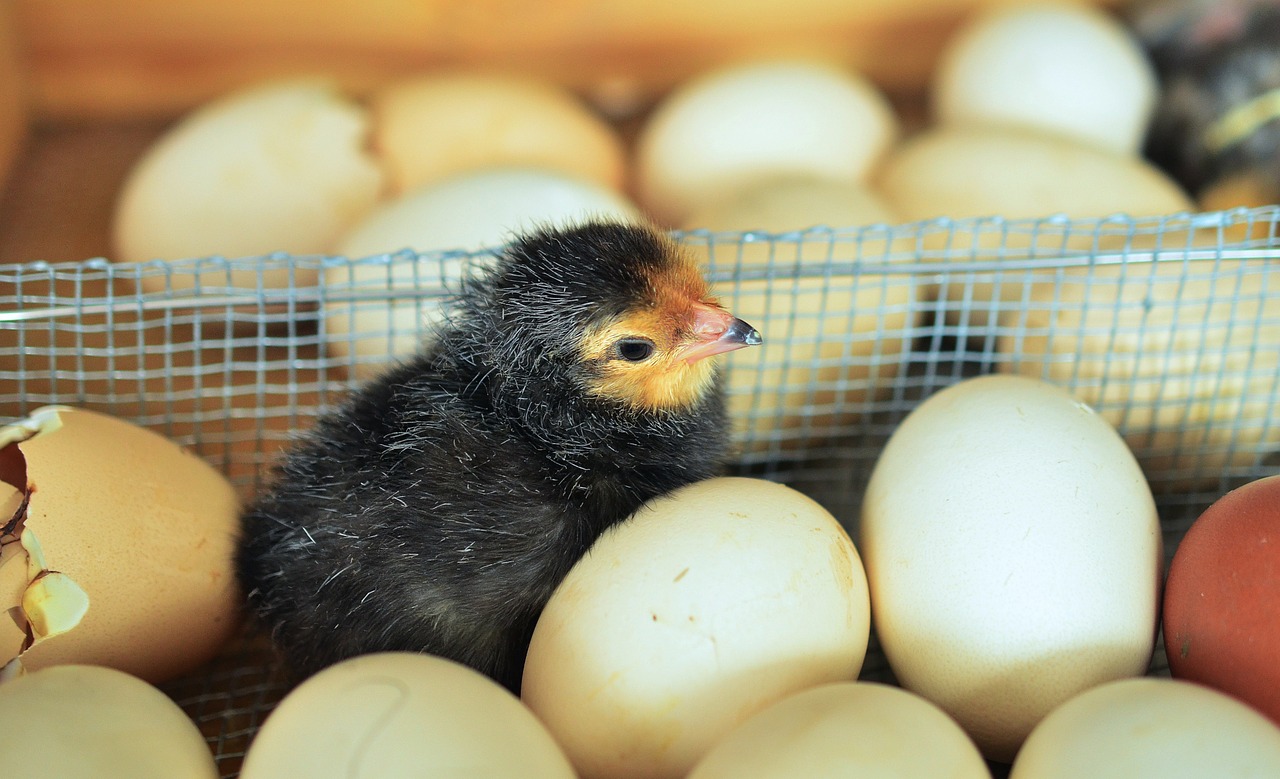
Unique Science Gallery to Open In Bengaluru Next Year
- News
- 2K
Bengaluru the capital city of Karnataka often referred to as science and technology hub of India, is all set to host a unique science gallery where science and the arts will interact.
The Science Gallery Bengaluru (SGB), the unique venture is a partnership between the Dublin-based Global Science Gallery Network and the Karnataka government as well as leading scientific institutions.
https://youtu.be/jT7JAu1NzEg
The global network has Trinity College Dublin, King’s College London and the University of Melbourne among its members. The gallery in Bengaluru will be the first one in Asia. The Indian Institute of Science, the National Centre for Biological Sciences, and Srishti Institute of Art, Design, and Technology are partners for the Bangalore gallery.
The Science Gallery Bengaluru is not going to be another science museum as such as “we do not and will not have our own collections,” insists Jahnavi Phalkey, a historian of science and technology, who has been appointed Director of the gallery.

“You can think of it as a participatory laboratory where artists and experts from across disciplines engage with each other and with students to come up with interesting questions, and interesting solutions to them in the long run. This engagement will produce material that will become part of the exhibitions at SGB,” Phalkey told India Science Wire.
The gallery will promote cross-linking of disciplines and social issues in novel ways and will try to engage young people in the age group of 15 to 25. “We will not only change how we view often-disparate areas but also see how we might work together. I am particularly keen on students learning alongside scholars through tinkering and experiments,” said Phalkey.
She said the galley activities will engage young people – higher secondary school onwards into the last university years. “The goal is one of engagement with science and not science communication alone.”
“Activities in our own building will start in 2021. In the meanwhile, we hope to use public and institutional spaces in the city, to begin with, our programming,” Phalkey said. “We will produce events and exhibitions to nurture a creative and critical appreciation of science – and its relationship to nature and culture – in Indian public life.”
The gallery would also serve as a year-round public engagement platform for research carried out in the three participating research institutions, around key research themes of local interest.
Science Gallery International (SGI), the charity established to develop the Global Science Gallery Network, hopes to establish eight university-linked galleries worldwide by 2020. (India Science Wire)


